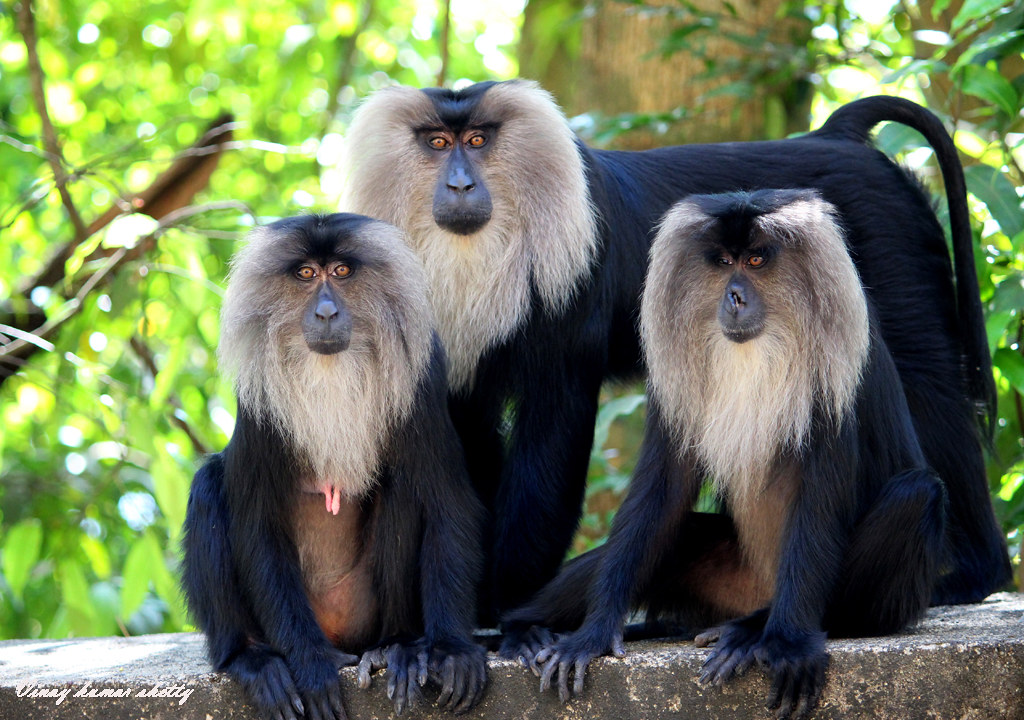The Lion-Tailed Macaque is a symbol of the rich biodiversity of the Western Ghats, a region critical to India’s ecological health. Conserving this endangered species requires a combination of policy initiatives, community participation, and scientific research. For UPSC aspirants, understanding the conservation challenges and solutions for such species is vital for holistic preparation, as it ties into broader themes of sustainable development and environmental ethics. This knowledge not only aids in examinations but also fosters a deeper appreciation of India’s natural heritage.









